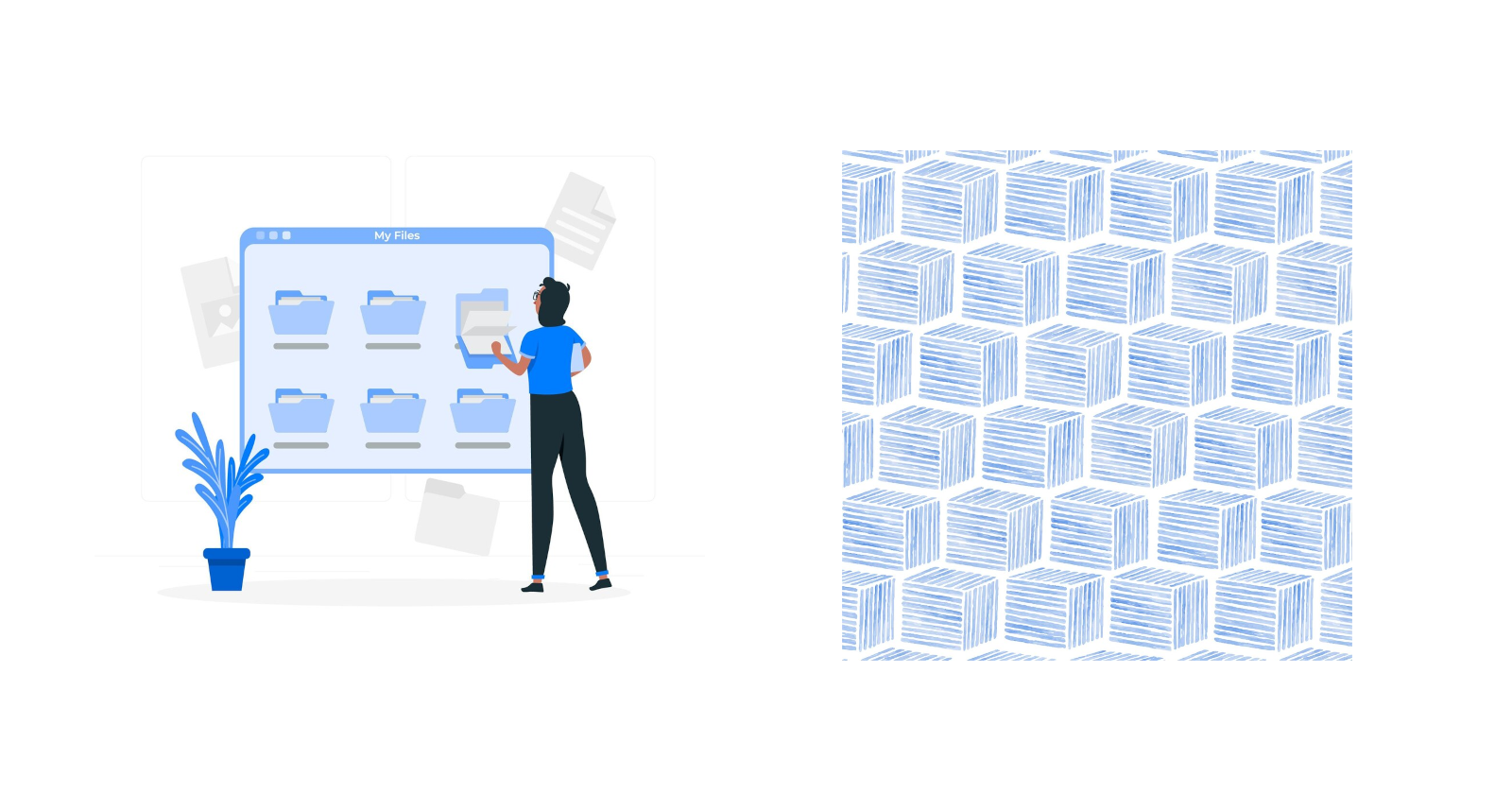Let's understand the Repository Pattern
 Nikhil Akki
Nikhil AkkiTable of contents

Intro
In the realm of software development, efficient data access is pivotal for robust applications. One design pattern that stands out in addressing this challenge is the Repository Pattern. By providing a structured approach to handling data, it enhances maintainability and flexibility. Let's delve into the essence of the Repository Pattern and its applications across different programming languages.
Simple Explanation
Imagine you have a library for your books. The repository is like a librarian – it knows where the books are stored and retrieves them when needed. Similarly, a code repository stores and fetches data, shielding your application from the complexities of direct data access.
Key Aspects
Abstraction Layer: Repository shields application code from direct database interactions.
Decoupling: Separates business logic from data access code for better maintainability.
Flexibility: Allows easy substitution of data storage implementations.
Unit Testing: Facilitates testing by providing a mockable interface for data access.
Centralized Data Logic: Concentrates data-related operations in one place for clarity.
Consistent API: Offers a uniform interface for various data operations.
Use Cases
Multi-Source Data Handling: Ideal for systems interacting with diverse data stores.
Testing Environments: Streamlines unit testing by enabling the use of mock repositories.
Complex Queries: Aids in managing intricate database queries more effectively.
Transitioning Data Sources: Smoothly migrate from one data storage solution to another.
Large-scale Applications: Well-suited for projects with extensive data access requirements.
Here's a basic implementation of the Repository Pattern in Go:
Conclusion
The Repository Pattern is a powerful tool in the developer's arsenal, promoting code maintainability and flexibility. Its ability to abstract away data access intricacies makes it invaluable, especially in scenarios involving multiple data sources or complex querying.
References
Subscribe to my newsletter
Read articles from Nikhil Akki directly inside your inbox. Subscribe to the newsletter, and don't miss out.
Written by

Nikhil Akki
Nikhil Akki
I am a Full Stack Solution Architect at Deloitte LLP. I help build production grade web applications on major public clouds - AWS, GCP and Azure.